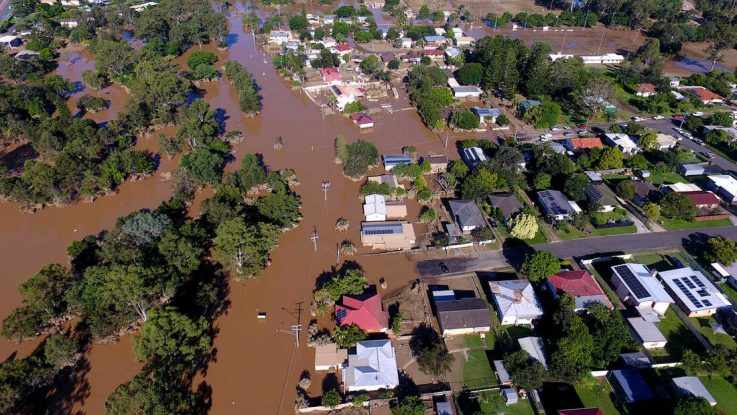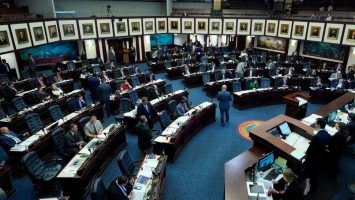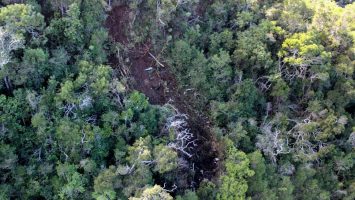
Homes in Melbourne and other southeast Australian cities have flooded, and the rivers are expected to stay dangerously high for days.
Authorities reported that hundreds of people in the Victoria state cities of Benalla and Wedderburn, as well as about 70 people in the northwest Melbourne suburb of Maribyrnong, were ordered to leave. With 5 million residents, Melbourne is the second-most populated city in Australia.
According to Victoria Premier Daniel Andrews, some 500 residences in Victoria were inundated and another 500 were cut off by floodwater. He predicted that such numbers would rise.
According to Andrews, the majority of the state was experiencing a “very, very, substantial rainfall event and it comes with, of course, utterly sodden terrain.”
The Bureau of Meteorology is predicting further rain over the next six to eight weeks, which Andrews described as “the big challenge now.” He continued, “It won’t take much additional water for there to be other flood events.” Therefore, even if it has only recently begun, this will last for some time.
More than the 3,500 households that Victoria State Emergency Service had earlier on Friday reported, Andrews said 4,700 homes were without electricity.
In the last 48 hours, the State Emergency Service reported performing 108 flood rescues.
Josh Gamble, the commander of the State Emergency Service, claimed that the main cause of problems was complacency.

Many of these individuals, said Gamble, “are endangering their own lives, including, in some cases, the lives of their own children, but more importantly, the lives of other members of the community and first responders, and this is true across the entire state, not just in the main cities.
The towns of Carisbrook and Seymour on the Goulburn River in central Victoria as well as Rochester on the Campaspe River, north of Melbourne, were also under evacuation orders.
Authorities in the state of New South Wales stated that 550 residents of the town of Forbes had been either evacuated or isolated when the Lachlan River flooded.
Due to the Murrumbidgee River overflowing its banks, areas of the city of Wagga Wagga were evacuated south of Forbes.
Fortunately, the Murrumbidgee River reached its height on Thursday, and now the floodwaters are beginning to recede in those areas, according to Andrew Edmunds of the New South Wales State Emergency Service.
Residents of Tasmania, an island state south of Victoria, were migrating to higher ground as river levels were expected to increase.
A La Nia weather pattern, which is linked to above-average rainfall in eastern Australia, was confirmed to be present in the Pacific last month by the Bureau of Meteorology.
The bureau predicted that the current Southern Hemisphere spring may see a peak in the La Nia phenomenon, and that neutral conditions will return early the next year.
The more temperate counterpart to the more well-known drying El Nio pattern is La Nia. Equatorial trade winds intensify, altering ocean surface currents and bringing up colder deep water, resulting in La Nia.
Since 2019 became the hottest and driest year on record in Australia, there have been three La Nias.
Wildfires exacerbated by drought brought that year to a disastrous end, destroying more than 3,000 homes, razing 19 million hectares (47 million acres) of forest, farmland, and urban fringe, and killing more than 400 people directly or indirectly.
Sydney, the capital of New South Wales and the largest city in Australia, broke its 1950 record last week, making 2022 the wettest year on record.




Leave a Reply